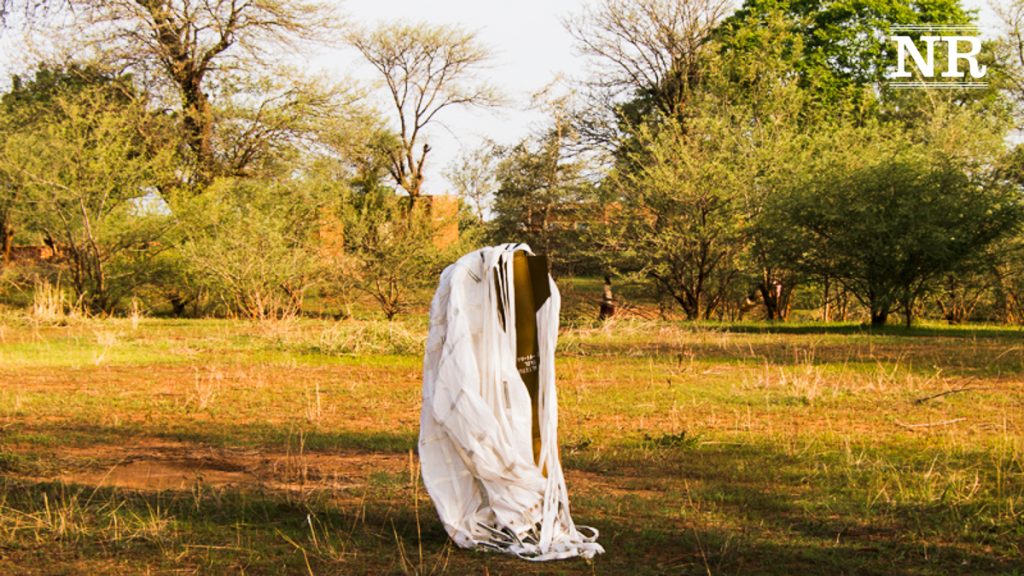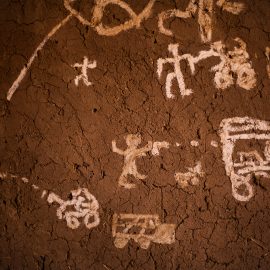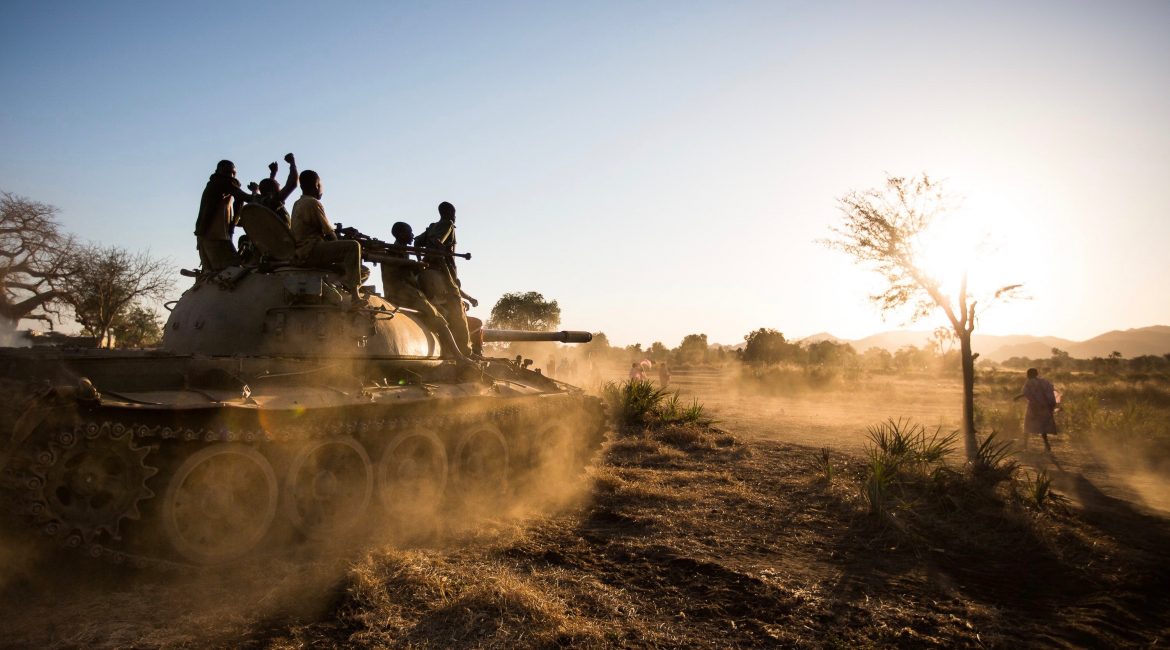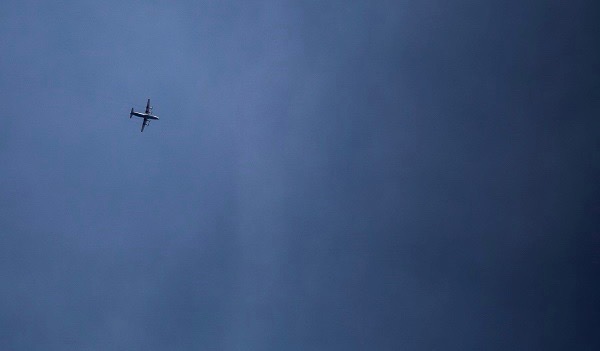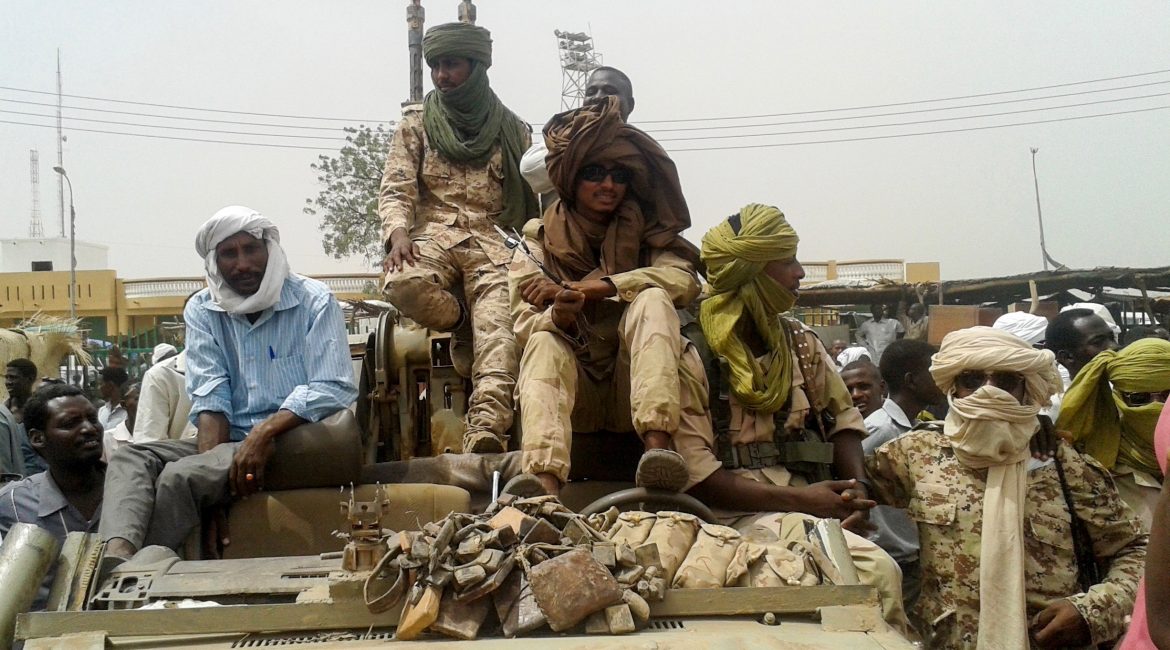Every day, Nuba Reports journalists cover the violence, hunger and seemingly endless bombings that come with the conflict in South Kordofan. While their job is to tell the stories of the Nuban people living through this, the reporters often live though the same ordeals. In the last week of May, one of our team was on hand as Sudan’s Air Force pummeled a town, dropping nearly 60 bombs in four days. He recounts the experience here for Nuba Reports:
Antonovs have a distinctive drone that I can hear from a distance. When I hear it, I stop what I am doing and walk out and wait next to a fox hole, while searching the sky. Our fox holes are deep and narrow. This design is supposedly safer, but after a few days of rain it is a muddy hole that is hard to get in and out of – the distant hum does not provide enough incentive to jump in.
I do finally jump when I hear another sound. This one is hard to describe, but from experience I recognize it as sound of a heavy barrel tumbling down through the sky – one of the crude shrapnel bombs used by Sudan’s Air Force.
I don’t feel the bruises on my arm from hitting the side of the hole or care about the mud grinding into my clothes and hair. I hold my breathe and wait. Then come the explosions and I can smell the gunpowder. The blast is loud and close. I wait a minute because I know that most deaths and injuries are due to flying shrapnel, not the actual explosion. I put my hands on the side of the foxhole and jump, pulling myself out. It’s not easy and it makes me wonder how an elderly or unfit person can handle it. Looking out, I can see smoke just down the street.
The planes come again and I jump back into the foxhole. After a few more rounds of Antonov bombing and hole-jumping and scrambling out I head to where I saw the smoke.
Suddenly, a Sukhoi jet screams overhead. There is no warning, no distant sound. Suddenly, they are upon you. When the Sukhoi plunges down for its first bombing run, there is no time to find a foxhole; I just dive to the ground and lie flat, watching the bomb glide down fast, guided by a parachute. I wait out a few more rounds of the Sukhoi, mostly in a fox hole.
Finally the jets finish and I emerge one last time from the hole. Neighbors are coming out too. Everyone asks how you are and discuss where they think the bomb fell. We start forming a posse as we sweep the neighborhood. A few dead goats. “Sorry for your loss, glad your family is safe” I say as we continue the sweep.
Then we arrive at a wall that is completely destroyed. One of the bombs exploded just two meters away from here. It was a nice brick house, but now the side is destroyed and the ceiling of the whole house is caving in. Amazingly, the owner survived. He had stepped out of the house a few minutes before the Antonov came.
We continue our round taking about how we experienced it, how we hide, how we felt when it came. We hear about two guys injured and go to visit them. One is a 13 years old kid. Blood is still coming down the side of his head and mixes with his tears as he tells us how he was asleep and was jolted awake by the sound of the bomb and the spray of shrapnel that cut into him. With blood running down his shirt, he ran to the foxhole behind his house. Thankfully the shrapnel hit his head but didn’t do any serious damage.
Last we visit a man who wasn’t as lucky. He was walking next to Kauda’s orphanage school when the Antonov dropped its bombs. He dove to the ground but shrapnel flew out and embedded in his head. He lays there as blood pours from his head, and eventually a car comes and takes him to a local clinic. Now he lies down tired and dizzy but happy he is alive.
There are now more than a few unexploded bombs dotting the landscape in Kauda and we spend the night dreaming up ways to dismantle them (though we have no experience). One idea is to use a rope to drag the bomb into a ditch and fill that ditch with water. Another more dangerous idea is to unscrew a side panel and cut the wires. The bombs stand near schools, hospitals and markets like untouched sculptures. People stop by to see them, but thankfully nobody gets too close. Hopefully they will not explode.





